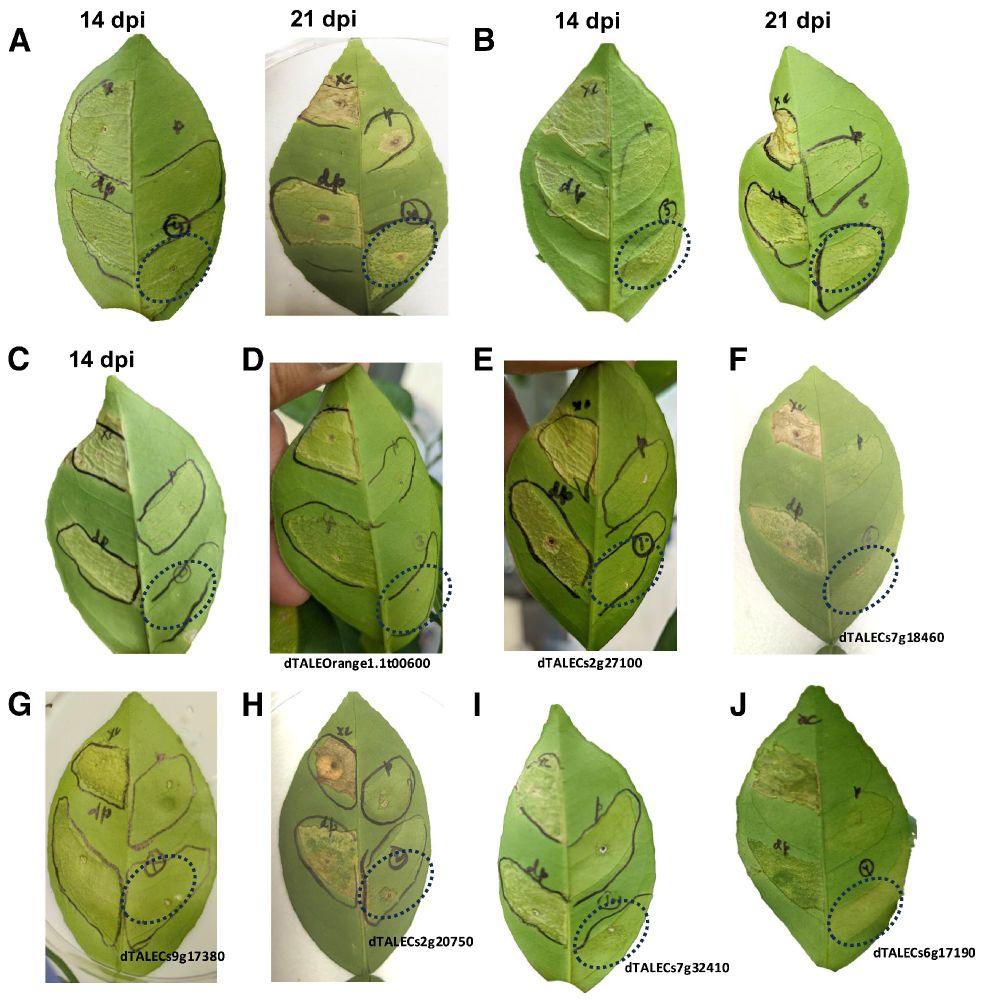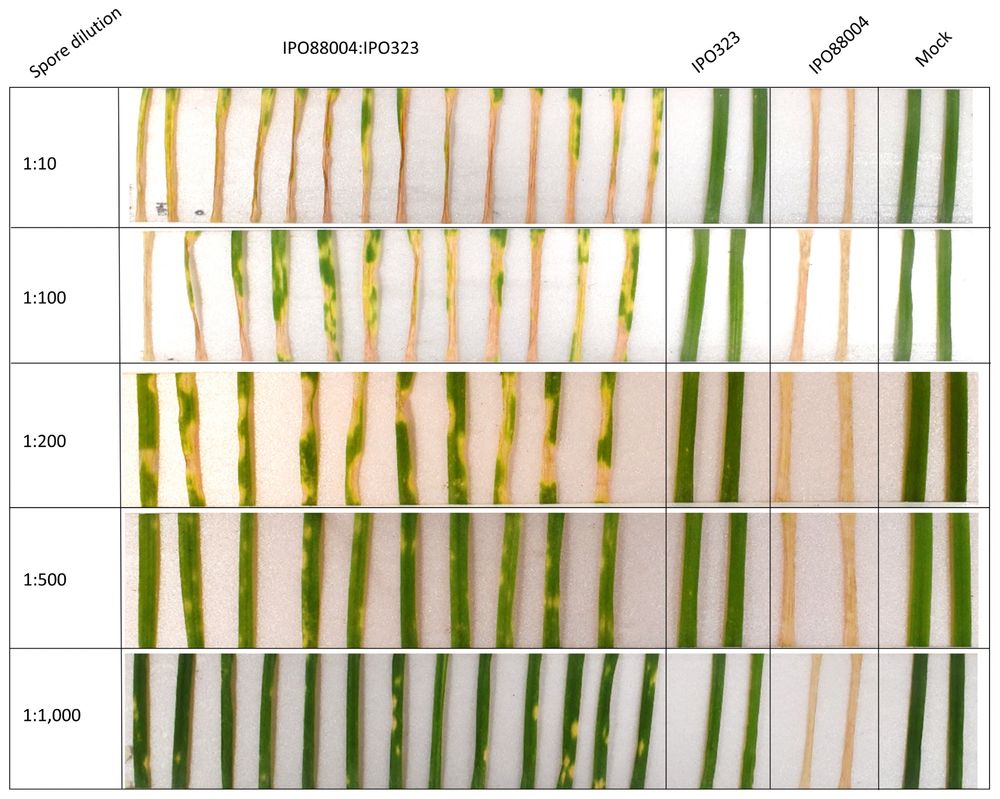
Focus Issue Guest Editors: Tarek Hewezi, Hari Krishnan, Kevin Garcia, and Mina Ohtsu
Learn more: apsjournals.apsnet.org/mpmirhizosph...


![Fig. 3.
Mapping of the most significantly represented viral small-interfering RNAs (vsiRNAs) to the grapevine red blotch virus (GRBV) genome (NY358 to JQ901105.2). A, Linear representation of the GRBV genomic features (open reading frames [ORFs] and intergenic regions) and the location of RNA interference (RNAi) hotspots (HSs). The genomic features are labeled as follows: long intergenic region (LIR), coat protein (V1 or CP), short intergenic region (SIR), and replication-associated protein (C1 or RepA). B, Predicted secondary structures for each HS. The color coding on these structures, generated by RNAfold, reflects the entropy at each position, indicating the binding stability between base pairs (red = high stability, green/blue = low stability).](https://cdn.bsky.app/img/feed_thumbnail/plain/did:plc:ypn4w5ifq3ag6mlwd4rd5t2j/bafkreigjxvcmv4c35xro53fanqh4tg3jaf5f7r53x2xcvwuytuxvqqgf4q@jpeg)
Read the commentary: https://bit.ly/4oO50Xj

Read the commentary: https://bit.ly/4oO50Xj
Read the commentary: https://bit.ly/3JytiFH

Read the commentary: https://bit.ly/3JytiFH

apsjournals.apsnet.org/doi/10.1094/...
@msr20.bsky.social
@mpmijournal.bsky.social

apsjournals.apsnet.org/doi/10.1094/...
@msr20.bsky.social
@mpmijournal.bsky.social




Read the full article to learn more: https://doi.org/10.1094/MPMI-03-25-0027-R

Read the full article to learn more: https://doi.org/10.1094/MPMI-03-25-0027-R
https://bit.ly/4nqN3x7

https://bit.ly/4nqN3x7


![Fig. 5.
Detection of beet mosaic virus (BtMV)-derived A, nuclear inclusion body b double-stranded RNA (dsNIb) and B, P1 double-stranded RNA (dsP1) after mechanical application on Beta vulgaris in treated (local) and untreated (systemic) leaves at different time points (1 h after application [hpi], 2 and 7 days after application [dpi]) by RT-PCR. Mock-inoculated plants were treated only with carborundum and water. M, DNA marker (GeneRuler 100 bp DNA Ladder, Thermo Fisher Scientific).](https://cdn.bsky.app/img/feed_thumbnail/plain/did:plc:ypn4w5ifq3ag6mlwd4rd5t2j/bafkreiboq64a7oikqlbg5gk4v47yfjftuxu2rjgyfhzdjhaoxmck4p22yu@jpeg)
Focus Issue Guest Editors: Tarek Hewezi, Hari Krishnan, Kevin Garcia, and Mina Ohtsu
Learn more: apsjournals.apsnet.org/mpmirhizosph...

Read the full article here: doi.org/10.1094/MPMI...

Read the full article here: doi.org/10.1094/MPMI...


Focus Issue Guest Editors: Tarek Hewezi, Hari Krishnan, Kevin Garcia, and Mina Ohtsu
Learn more: apsjournals.apsnet.org/mpmirhizosph...


Read the press release to learn more: www.apsnet.org/about/newsro...

Read the press release to learn more: www.apsnet.org/about/newsro...
@mpmijournal.bsky.social
#plantvirus
#BYDV
#virusinfection

@mpmijournal.bsky.social
#plantvirus
#BYDV
#virusinfection



